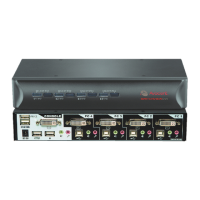
Do you have a question about the Avocent SwitchView DVI and is the answer not in the manual?
| Product Type | KVM switch |
|---|---|
| Video Resolution | 1920 x 1200 |
| Number of Computers | 4 |
| Number of Users | 1 |
| Audio Support | Yes |
| USB Support | Yes |
| Power Source | External power adapter |
| Switching Method | Front panel buttons, hotkeys |
| Compatibility | PC, Mac |
| Connectors Console | DVI-D, USB, audio |
| Connectors Computer | DVI-D, USB, audio |
Instructions for physical setup: connecting power, peripherals, computers, and powering up.
Connects the external power supply to the SwitchView DVI switch.
Connects keyboard, monitor, and mouse into the console connectors on the switch.
Connects each computer using provided DVI, USB, audio, and mic cables.
Powers up connected computers and explains LED indicators for PC and hub status.
Explains how to control the switch via front panel buttons or hotkey sequences.
Provides direct control over KVM channel switching by pressing the PC button.
Selects the active PC channel, potentially binding PC/hub/audio control.
Selects the PC channel controlling all USB hub ports, binding PC/hub control.
Selects the active audio/mic channel, binding PC/audio/mic control.
Enables default binding of PC port and hub port control switching.
Disables binding of PC port and hub port control switching.
Enables default binding of PC port and audio/mic switching.
Disables binding of PC port and audio/mic switching.
Selects the next lower PC channel, potentially binding control.
Selects the next higher PC channel, potentially binding control.
Toggles between the previous channel and the current channel.
Toggles the beep sound for operations on or off.
Selects the hotkey sequence prefix from Scroll Lock, Cap Lock, Esc, F12, or Num Lock.
Scans through all connected channels with a 10-second delay per channel.
Specifies autoscan delay time between 10 to 100 seconds.
Terminates the active autoscan sequence.

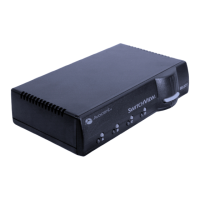
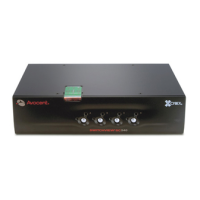
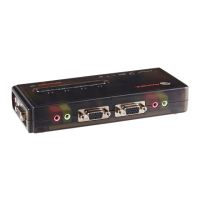

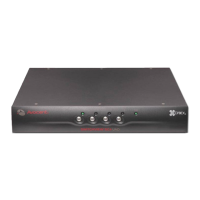


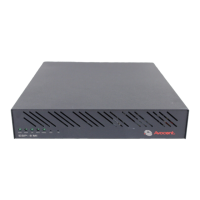

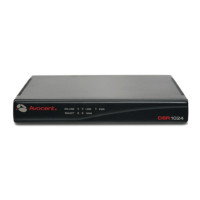
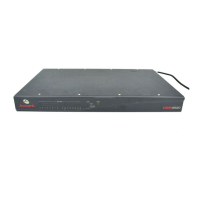
